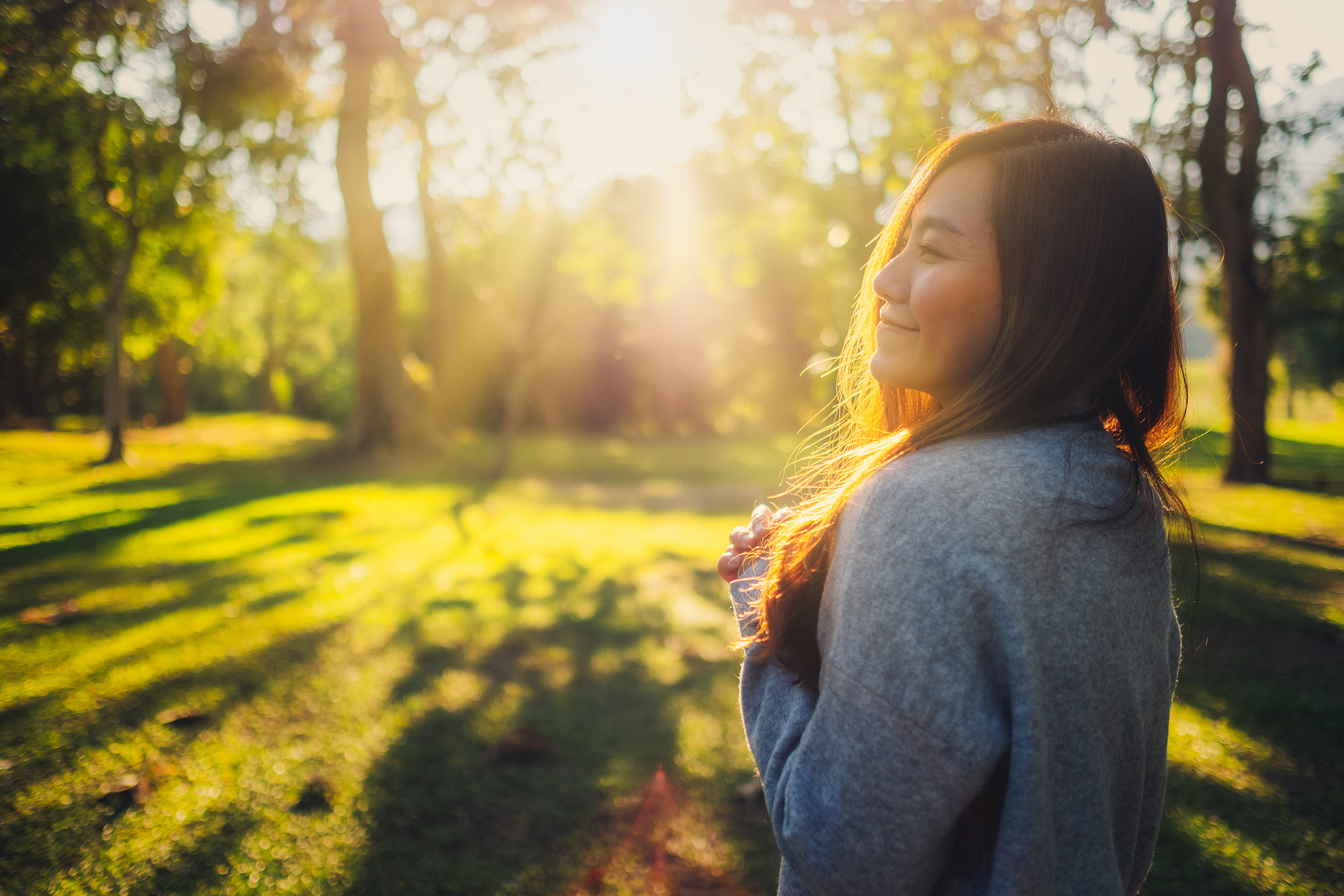It’s a new year and like many others, you may have made resolutions and are setting goals for 2022. But how do you get started?
Research suggests that knowing what you want helps set the intention to work toward it and imagining one’s best possible self-motivates you toward achieving your goals. But how does setting intentions differ from setting goals?
Think of the goal as the end result and intention as the map that will get you there. Kelsey Patel, a leading meditation teacher, compares lack of intention to getting on a bike with no direction. “When you set an intention, you are putting out that which you intend to attract and call into your life and the power behind it.”
While the two can go hand-in-hand, setting intentions involves the added step of imagining how your life will be once your goals are achieved. Considering your best possible self assists in improving self-regulation as it gives you an opportunity to gain a better insight into your motives and emotions. In addition to this, imagining what your life will look like once your goals are achieved will increase your performance as you work toward your goals.
The best possible self-practice involves these guidelines:
- Spend 15 minutes imagining your best possible future. Take all aspects of your life into consideration including your career, relationships, and health. It may help to write as if your future has already happened. This will allow you to visualize it more clearly.
- Dismiss any potential barriers that may be between you and your best possible self (i.e., financial and/or social concerns, etc.).
- Be specific and allow your imagination to take hold. Creativity will increase your engagement with the exercise allowing you to get more out of it.
Research has also shown there are mental health benefits to imagining your best possible self. A study conducted by Sheldon and Lyubomirsky (2006) revealed that individuals who were asked to perform the above exercise over the course of four weeks demonstrated a higher degree of motivation and a reduced negative mood.
Another beneficial exercise for setting intentions involves a practice known as habit stacking. Habit stacking is simply stacking one habit on top of another with the idea that the continued practice of that will lead to a steady flow of good habits being practiced on a regular basis.
Alexandra Frost of the Huffington Post defines habit stacking as, “listing habits you already have and attaching new self-care methods on top of them.” It’s best to make these habits part of your daily routine. For example, drinking a glass of water upon waking up in the morning or brushing your teeth and immediately following up with 10 jumping jacks. When you pair a new habit with something you already do, your brain associates the two making it easier to add new routines to your daily life.
The practice of habit stacking begins with making a list of all the routine things you do daily (i.e., waking up, using the bathroom, brushing teeth, walking your dog, etc.) and finding ways to attach another activity to them. The key is to do these habits in moderation as these habits may take some time before you notice a difference.
With intentions set, good habits established, and positive mood increased, perhaps we can move into 2022 with a more optimistic outlook for the future. Here’s to making this our best year ever!
Angela Philips, AMFT
Prevention Coordinator, Wellness & Prevention Center
